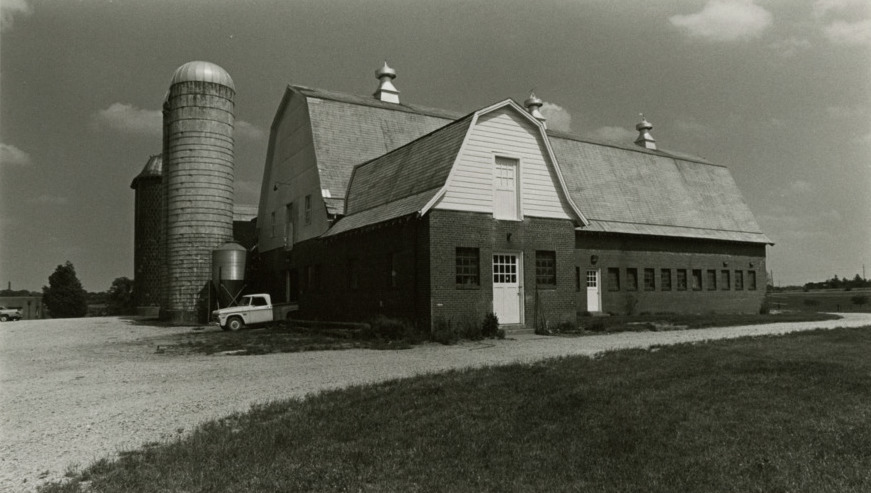
North Carolina State University College of Veterinary Medicine barn
This post was authored by Olivia Bonnette. Guest author Olivia Bonnette, class of 2023, graduated from NC State this May. Olivia majored in Creative Writing and minored in History in the College of Humanities and Social Sciences. Olivia has worked as an Undergraduate Desk Assistant in the Special Collections Reading Room since September 2022.
This year marks the fiftieth anniversary of the establishment of the Department of Veterinary Science (DVS), which was formed as part of what was then the School of Agriculture and Life Sciences (SALS) in 1973. The department was the predecessor to the School of Veterinary Medicine formed in 1978 at NC State. During its six short years, the DVS completed important research, worked hard to develop the School of Veterinary Science despite opposition, and surprisingly, had disagreements with the North Carolina Poultry Federation in the process.
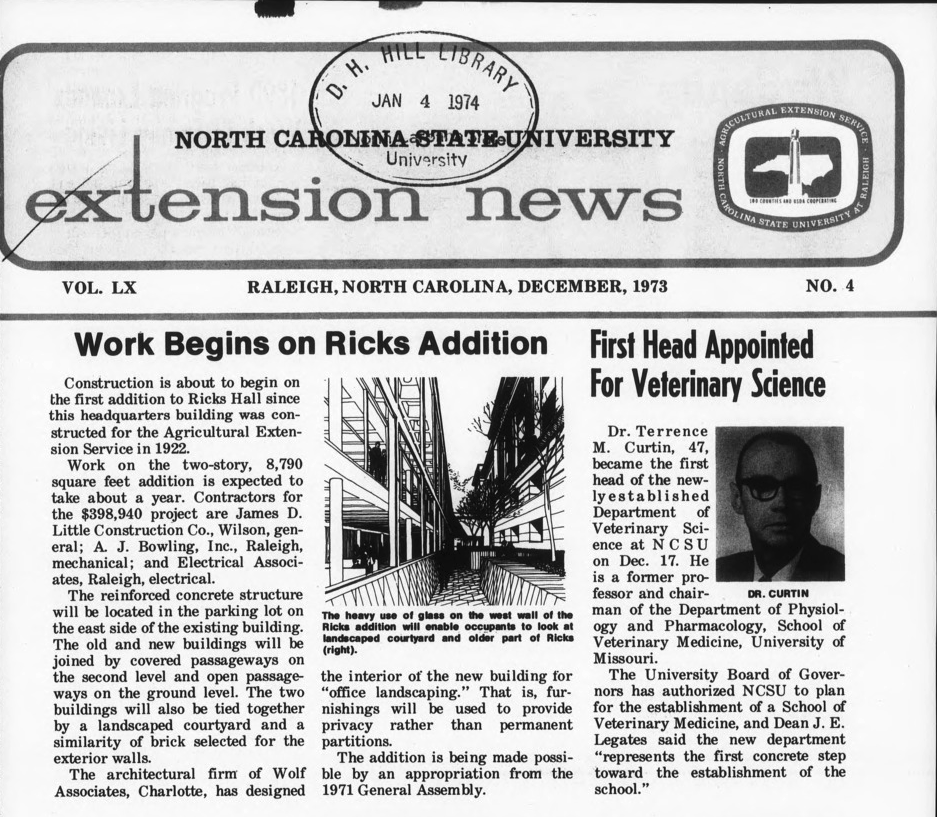
The DVS had humble beginnings with only five faculty members, including the department head, Terrence Curtin. According to Curtin, when he first stepped foot on campus he was treated kindly by most faculty members, but there were some that told him that his department would “create unnecessary competition for resources” (The College of Veterinary Medicine, North Carolina State University: A Personal Perspective of Its Founding, Curtin, 2010). Those faculty members, who were mostly a part of the School of Agriculture and Life Sciences (SALS), opposed the start of a veterinary department or school, despite the fact that the Dean of SALS said that the DVS was “the first concrete step toward the establishment of a School of Veterinary Medicine” (Technician Vol. 54 No. 38, November 28, 1973). Curtin and DVS faculty ignored this pushback and instead focused on the goals of their department, which were to “promote animal health” and to “advise pre-veterinary students.” According to the SALS 1974 Annual Report, the DVS had an “active first year” of research.

To best advise pre-veterinary students, members of the DVS faculty would visit North Carolina students that had been accepted at other veterinary schools as part of the Southern Regional Education Board (SREB) program. Before there was a veterinary school in North Carolina, pre-veterinary students applied to schools such as the University of Georgia and the Auburn University College of Veterinary Medicine. As part of the SREB program, these schools had to allow a certain number of out-of-state students to go to veterinary school. While visiting these schools, the DVS faculty would ask students, “What part of your pre-veterinary training helped you most after you were admitted to veterinary school?” The number one answer was a course in medical vocabulary which was later added as an elective to the NC State Veterinary School’s curriculum (“A Personal Perspective of Its Founding,” Terrence Curtin, 2010).
During the first few years of the DVS, multiple groups visited campus to assess the feasibility of a veterinary school. These assessments were required to establish a veterinary school due to General Assembly Resolution 171, passed on April 12, 1974. General Assembly Resolution 171 required the Board of Governors to report “its findings and recommendations for administrative and legislative action with respect to the extent of the need for and the most economical means of training additional veterinary medical practitioners for North Carolina”(Veterinary Medical Education in North Carolina: A Special Report to the General Assembly, December 18, 1974).
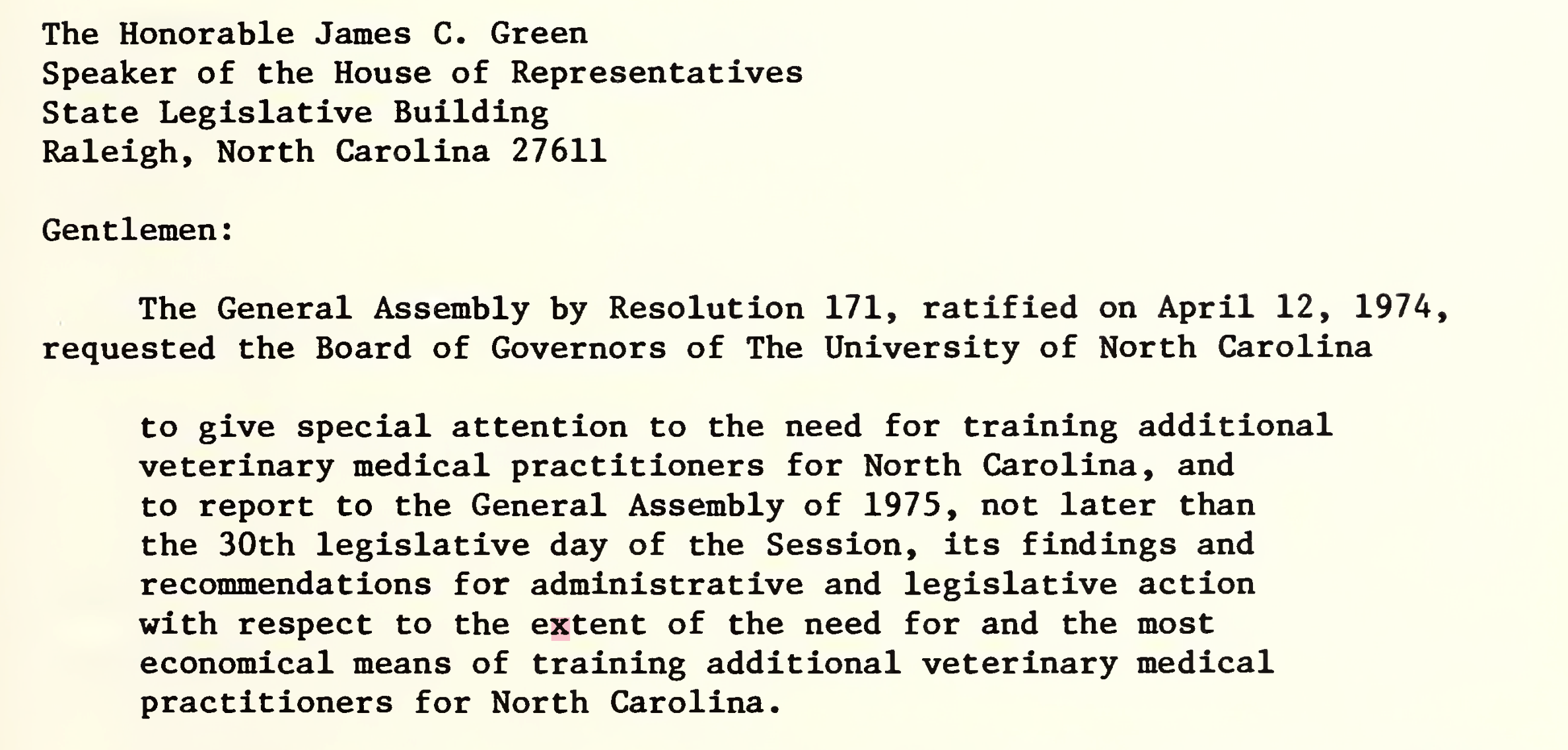
Despite a concerning interview assessment with the Fiscal Research Division, the Board of Governors chose NC State University as the location for a North Carolina veterinary school. According to a Special Report to the General Assembly of North Carolina, the demand for placement in veterinary schools outnumbered the spaces available. Because of the increased demand for veterinarians, the Board of Governors decided that there should be a veterinary school in North Carolina. NC State was chosen as the location for the school because of the “advanced graduate and professional instructional programs, research activities, and related operations (such as the Cooperative Agricultural Extension Service and the Agricultural Experiment Station) [which] would give it special strength as the sponsor of a school of veterinary medicine” (Special Report to the General Assembly of North Carolina, 1974).
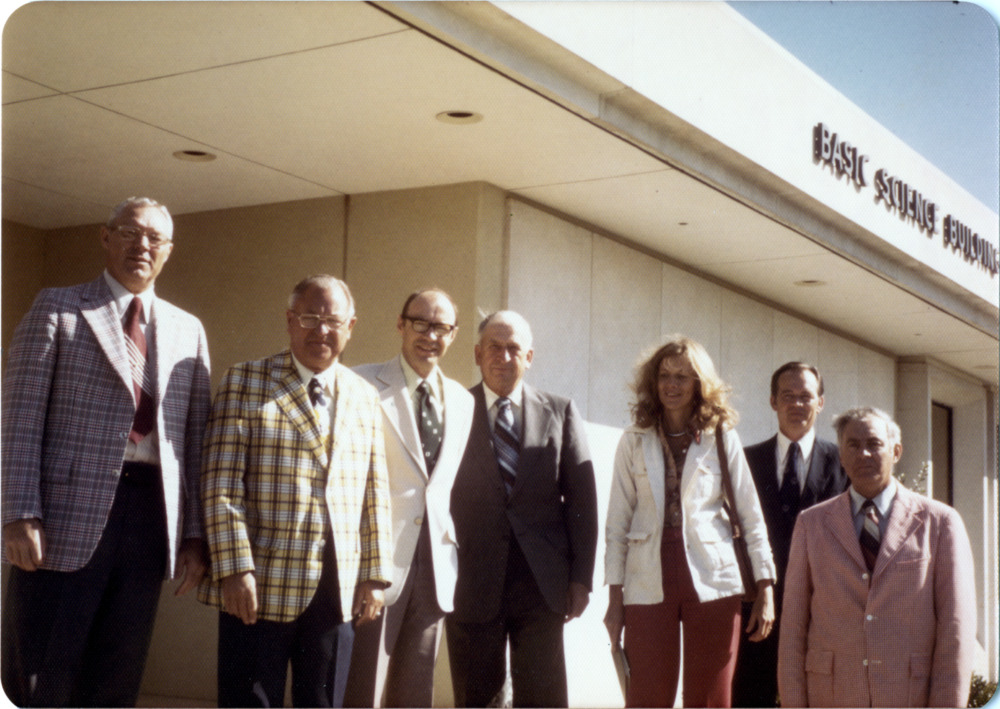
In the next few years, the DVS faculty and administrators would spend most of their time doing the “grunt work” planning the School of Veterinary Medicine (“A Personal Perspective of Its Founding,” Terrence Curtin, 2010). However, there were some conflicting views about the structure and function of the school during the planning process. Max Colwell was one of the original faculty members of the DVS with an interest in poultry medicine. Instead of developing a list of needs for poultry medicine, as Curtin asked, Colwell wrote essays and distributed them throughout the Department of Poultry Science and the North Carolina poultry industry to “attempt to align a political coalition to force a poultry medicine department [in the School of Veterinary Medicine].” Previously, the DVS was advised not to have any species-specific departments because it “could have fractured the program into special interest groups with competitive political interests.” Curtin met with Colwell about his essays, but that seemed to only encourage Colwell’s endeavors, even though he received little support from the rest of the faculty.
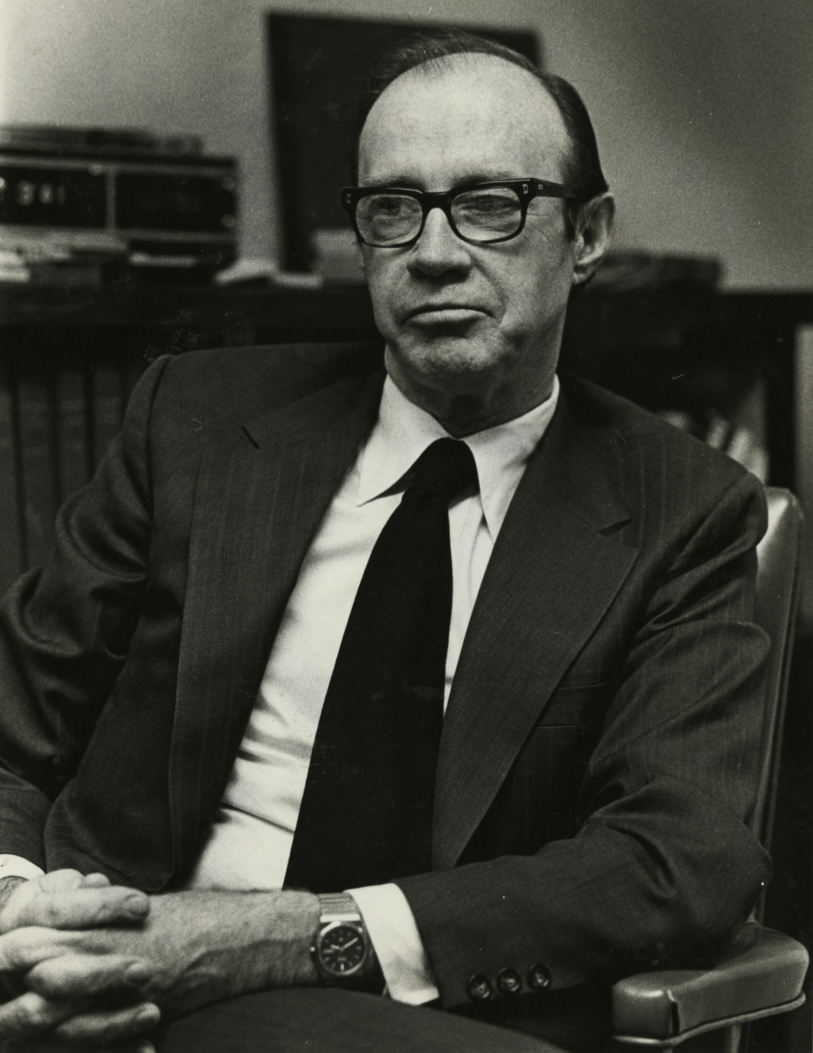
The issue surrounding the creation of an avian medicine department did not stop with Colwell, in fact, members of the NC Poultry Federation met with Curtin in December of 1977 to discuss the plans for the upcoming veterinary school. According to Curtin, the members became “impatient and proceeded to scarify him because they [the DVS] had not planned a separate poultry medicine department in the veterinary school.” In February of 1978, Curtin received a letter from the NC Poultry Federation saying that they opposed the school. In order to appease Colwell and the Federation, the faculty of the DVS said that they would consider adding additional departments later in the school planning timeline. Later that month, members of the Federation met with Chancellor Joab Thomas. According to Curtin, the Federation agreed to “support the concept of the school but to ‘get Curtin’”(“A Personal Perspective of Its Founding” by Terrence Curtin, 2010).

Despite disagreements along the way, the establishment of the DVS paved the way for the School of Veterinary Science. Terrence Curtin was offered the position of dean at the newly formed School of Veterinary Medicine on January 9, 1979. The next month, NC State had the groundbreaking ceremony for the veterinary school, signifying that the new school was approved and funded.

To learn more about the Department of Veterinary Science and how it became the School of Veterinary Medicine (later the College of Veterinary Science), Special Collections has an online copy of Terrence Curtin’s book, The College of Veterinary Medicine, North Carolina State University: A Personal Perspective of Its Founding. Other related records include the College of Agriculture and Life Sciences, Office of the Dean Records; Terrence M. Curtin Papers; College of Veterinary Medicine, Office of the Dean Records; and the Office of the Provost General Records.
If you have any questions or are interested in viewing Special Collections materials, please contact us at library_specialcollections@ncsu.edu or submit a request online. The Special Collections Research Center is open by appointment only. Appointments are available Monday–Friday, 9am–6pm and Saturday, 1pm–5pm. Requests for a Saturday appointment must be received no later than Tuesday of the same week.